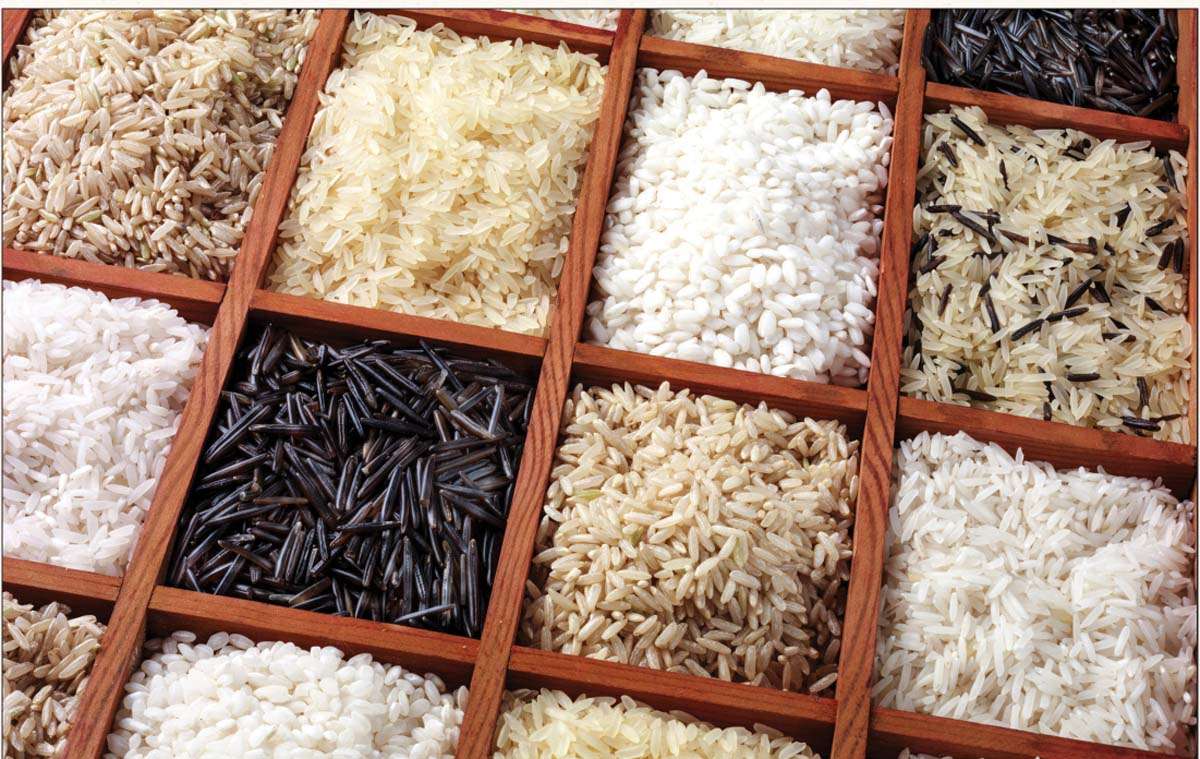KAUAI, HAWAII, April 25, 2021 (Hinduism Today, by the editor): Deep within the granite mountains of Colorado, where you might expect to find a secret Defense Department arsenal of missiles awaiting the end of the Cold War thaw, lies another kind of stockpile. It is a dark, clinically sterile series of cold chambers, kept meticulously at -18 degrees centigrade and a relative humidity between 25 and 30. This is not the vault for a lethal chemical gas antidote or a vaccine for some exotic virus. These chambers, officially called the National Seed Storage Laboratory and maintained by the United States Department of Agriculture, hold one of the strategic guarantors of human survival–hundreds of thousands of seeds, including 18,313 varieties of rice. If that sounds like a lot, it’s a mere fraction of the planet’s diversity. India alone (where rice is said to have originated) had 110,000 varieties under cultivation over the centuries, according to Debal Deb, India’s leading rice conservationist. Today most of India’s rice comes from fewer than ten varieties.
Americans are relative newcomers to rice cultivation, with a mere 300 years spent growing a handful of types. They are partial to wheat. Rice may sustain half the world, but in America it has been an export commodity known only in an insipid encounter with an anonymous soup ingredient or as a rare substitute for potatoes. Not anymore. There is a rice revolution going on in North America, and a smaller one in Europe, driven by the West’s newfound awareness of the health benefits of traditional Asian rice and an expanding population of rice-consuming ethnic groups. Basically, when immigration laws changed in the 1960s to allow more Asians in, millions answered the call. From Thailand, Cambodia, India, Korea and China they brought with them their culture, their clothing, their language and, of course, their penchant for rice.
For more of the fascinating biography and “I-didn’t-know-that” facts of the unpretentious grain that feeds half the world, see “source” above.

